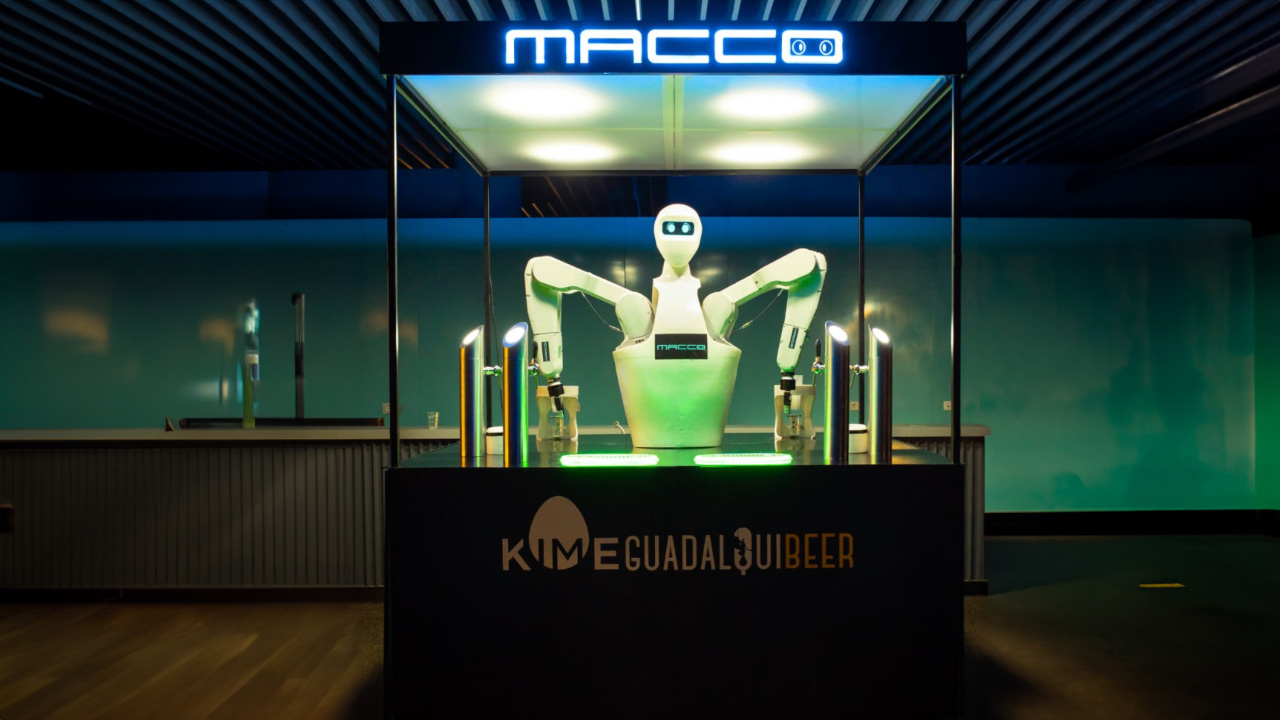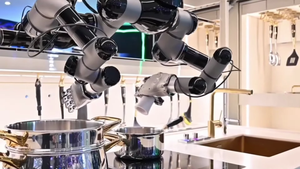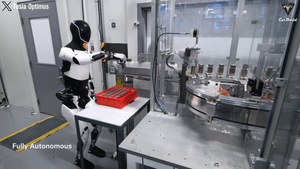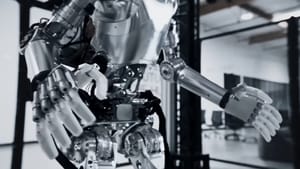The landscape of the restaurant industry is undergoing a transformative change driven by innovations in robotics and automation. As the market for robot kitchens grows, valued at
$1.7 billion in 2020 and expected to reach $4.4 billion by 2028
food and beverage businesses are tapping into the potential of robotics to enhance productivity. Integrating robots in various culinary processes, from flipping burgers to crafting cocktails, presents opportunities for restaurants to optimize operations, improve service delivery, and expand culinary offerings. This shift is fueled by advancements in AI and access to automation technologies, enabling establishments to operate around the clock, reduce errors, minimize food waste, and manage staffing more efficiently.
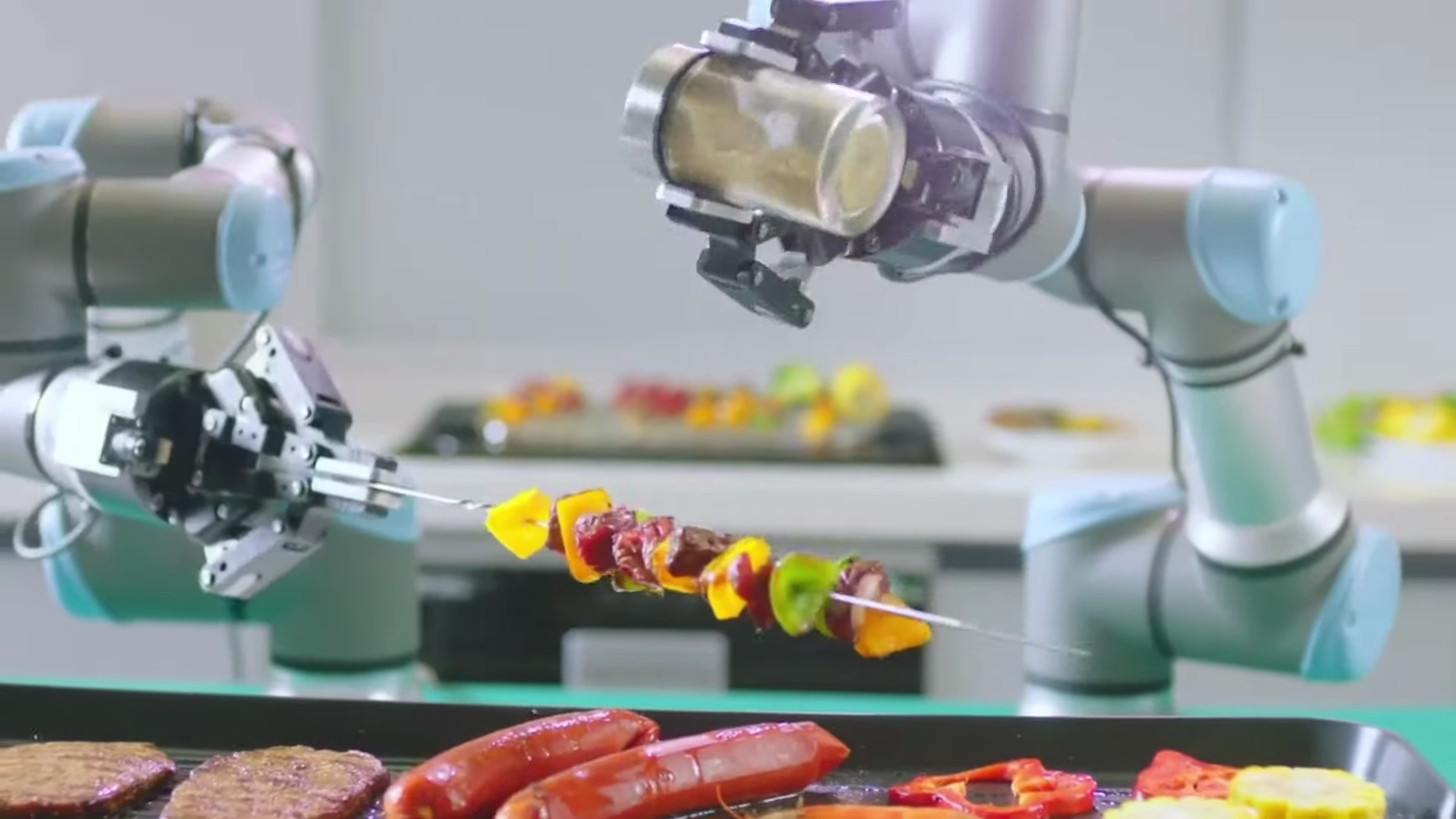
A look into the companies at the forefront of this revolution reveals an array of robotic solutions designed to redefine food service operations. Miso Robotics, for example, offers Flippy 2.0, a robotic arm adept at grilling and frying, which boosts kitchen efficiency and allows staff to focus on other tasks.
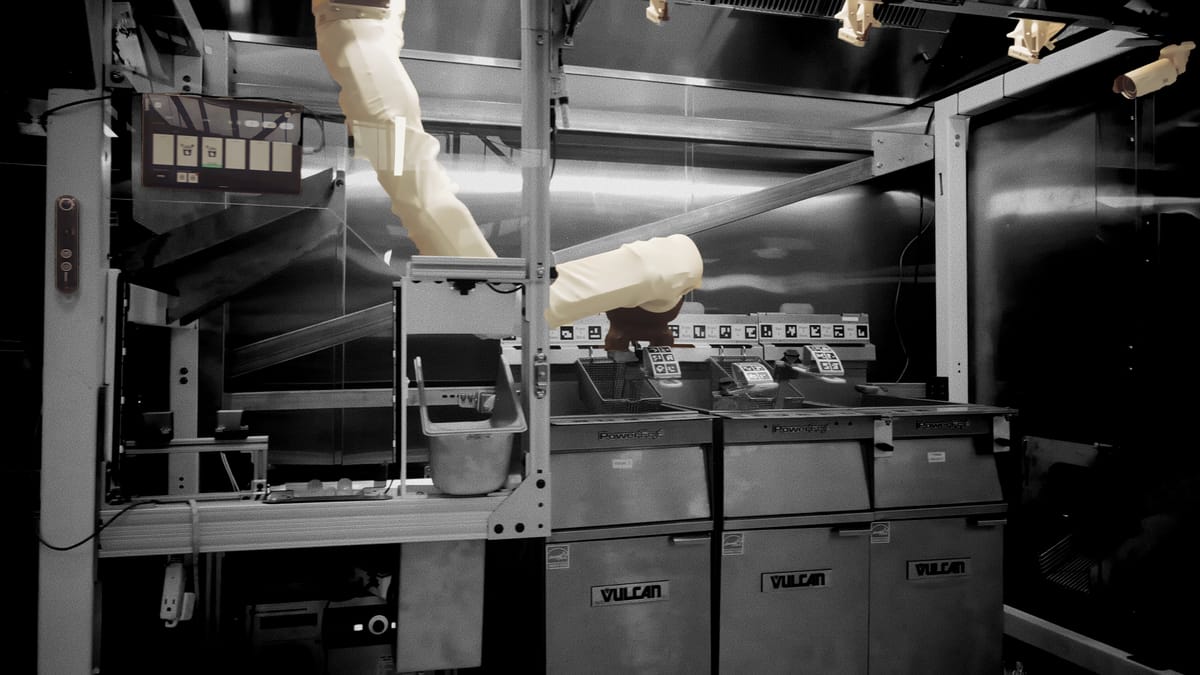
Other innovators, such as Kitchen Robotics and Hyper Robotics, are introducing unique systems tailored to niche segments like ghost kitchens and automated pizza production, respectively.
Ghost what?
A ghost kitchen is a commercial kitchen that only prepares food for delivery. They are also known as cloud kitchens, dark kitchens, virtual kitchens, or micro-cloud kitchensThese developments are not limited to food preparation, as companies like Bear Robotics demonstrate with service robots designed to enhance the dining experience while optimizing staff workflows.
Key Takeaways
- The robot kitchen market is rapidly expanding, offering significant improvements in efficiency for the food and beverage industry.
- A range of specialized robotic solutions is entering the market, targeting various aspects of food preparation and service.
- Robotics technology is innovating beyond food production, impacting service and delivery, and evolving customer experiences in the restaurant industry.
Market Insights on Autonomous Kitchen Solutions
The valuation of the autonomous kitchen industry witnessed a sizable figure at $1.7 billion as of 2020. With rapid innovation and growing adoption, forecasts suggest this market could ascend to $4.4 billion by 2028. Restaurants across the globe are tapping into the potential of robotics to enhance operational efficiency, among other benefits.
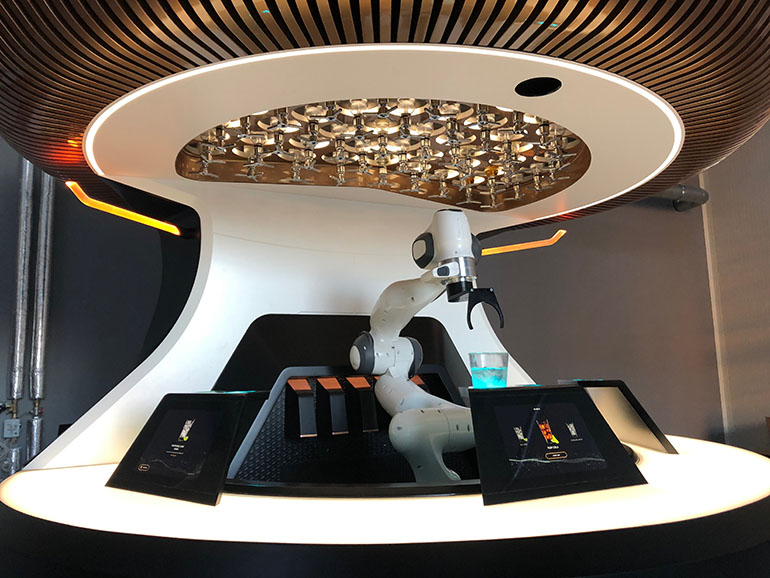
- Embracing Technology: Restaurants are integrating robots like cocktail mixologists and burger-cooking machines to boost productivity.
- Financial Implications: Restaurants can lease high-tech solutions like Flippy 2.0 for approximately $3,000 per month, which competes favorably with the cost of human labor.
- Flippy 2.0: Miso Robotics has engineered this automated chef to cook burgers and manage the frying station, infusing the process with technologies such as deep learning and terminal cameras for reliable and full cooking.
In the landscape of cloud kitchens, a new player has emerged:
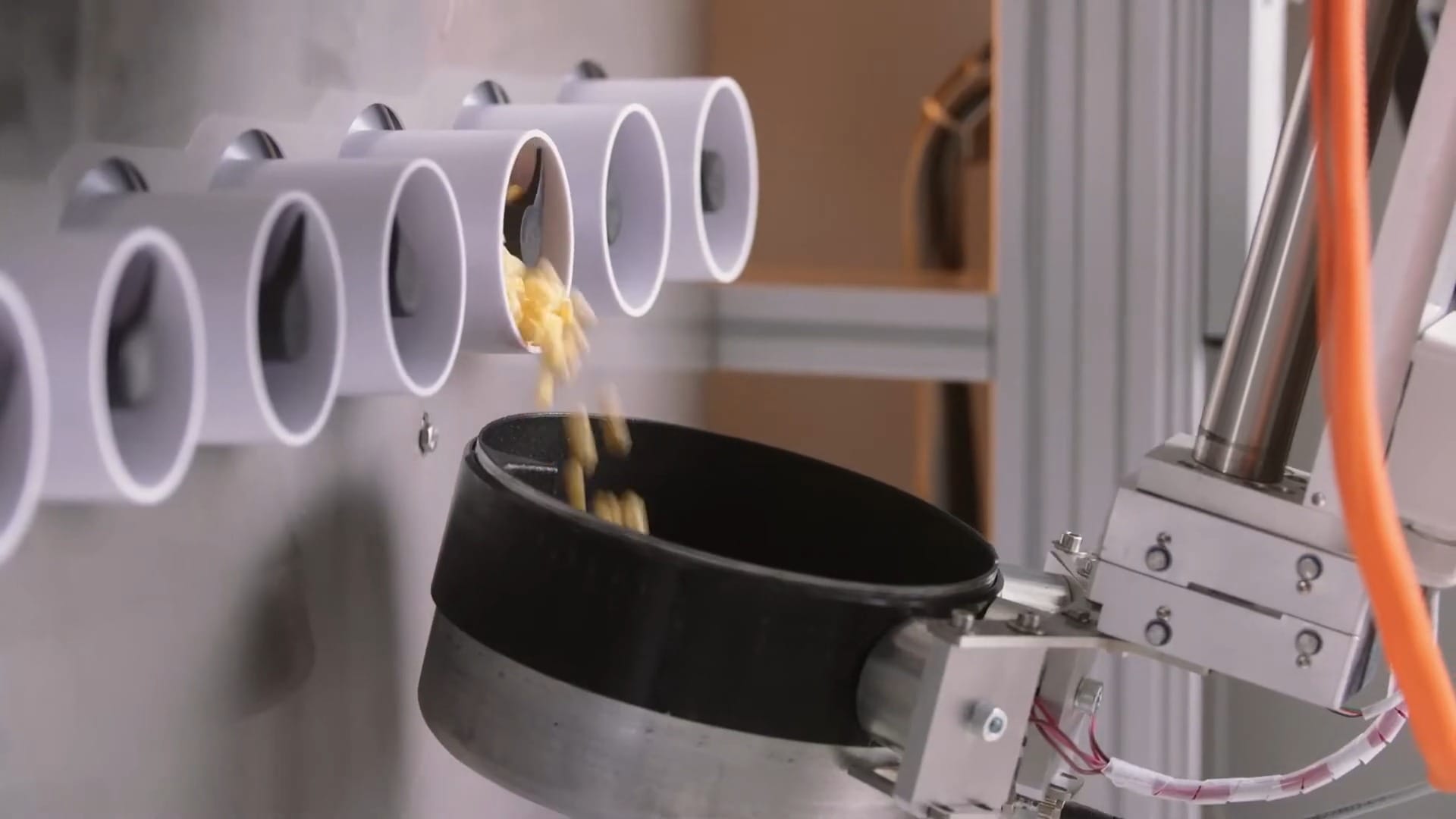
- Kitchen Robotics: In Tel Aviv, this 2018-born startup has launched Beastro, a robot optimized for ghost kitchen environments, capable of crafting up to 60 dishes per hour.
The automation wave extends beyond conventional foods to niche offerings:
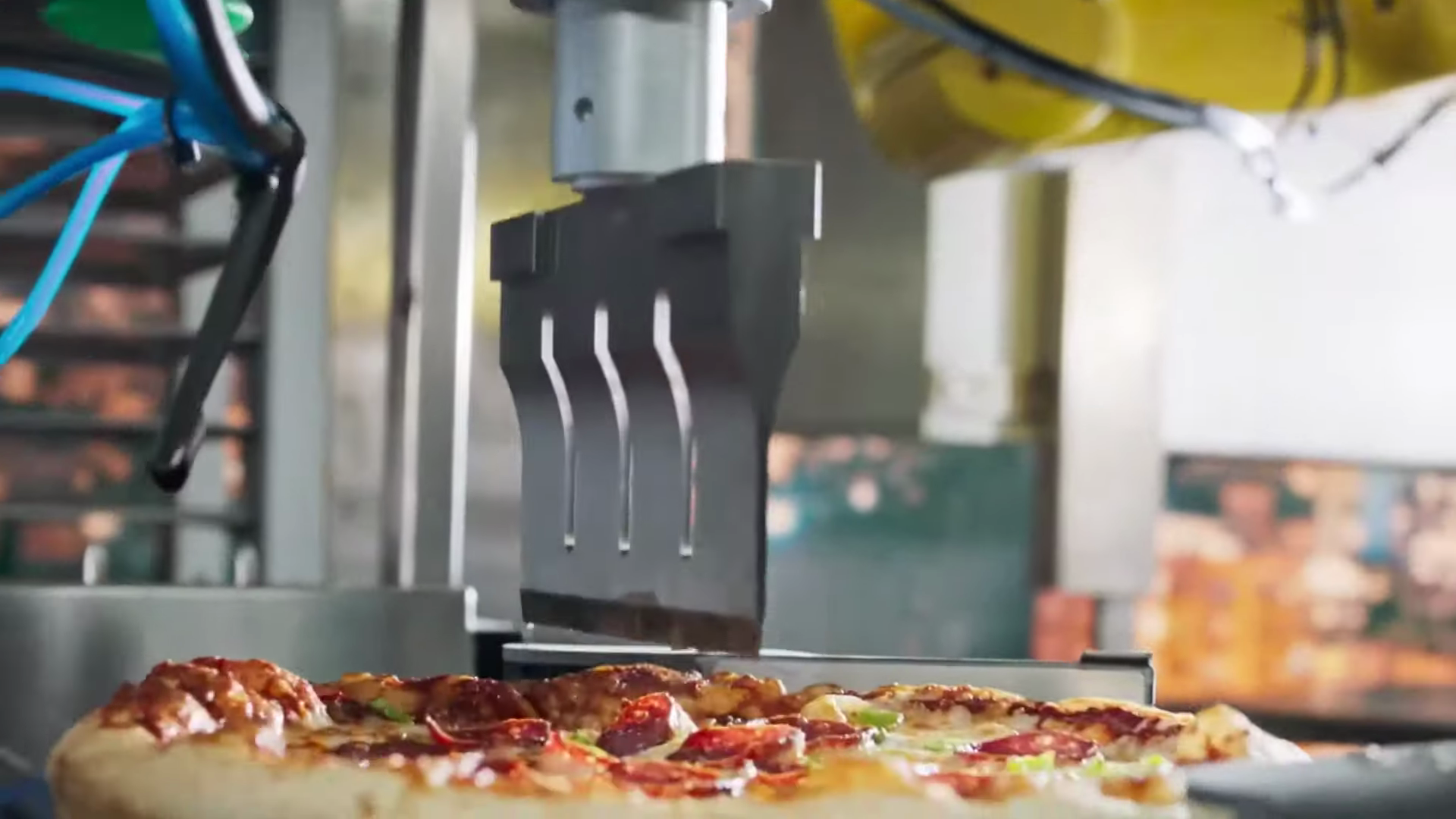
- Hyper Robotics: An innovation incubator in the sphere, introducing a fully automated pizza restaurant encased in a container, capable of producing 50 pizzas hourly with integrated slicing and boxing processes.
- Sally by Chowbotics: A compact salad-creating robot now part of DoorDash, blends 22 ingredients in under two minutes, enabling eateries to diversify their menus with healthy options.
- The Mini Bakery: Wilkinson Baking Company's invention, an all-in-one bread-baking system, produces hot, fresh bread resembling a mechanized vending service, saving on costs and streamlining the supply chain.
Lastly, robotic innovations aren't confined to kitchen space:
- Manna: This Irish drone delivery venture has successfully completed 65,000 food deliveries, showcasing their technology's potential in Galway and Dublin with a vision for U.S. expansion.

- Bear Robotics: Their product, Servi, has been revolutionizing the food service with autonomous table delivery, navigating through eateries with cutting-edge sensors and cameras.
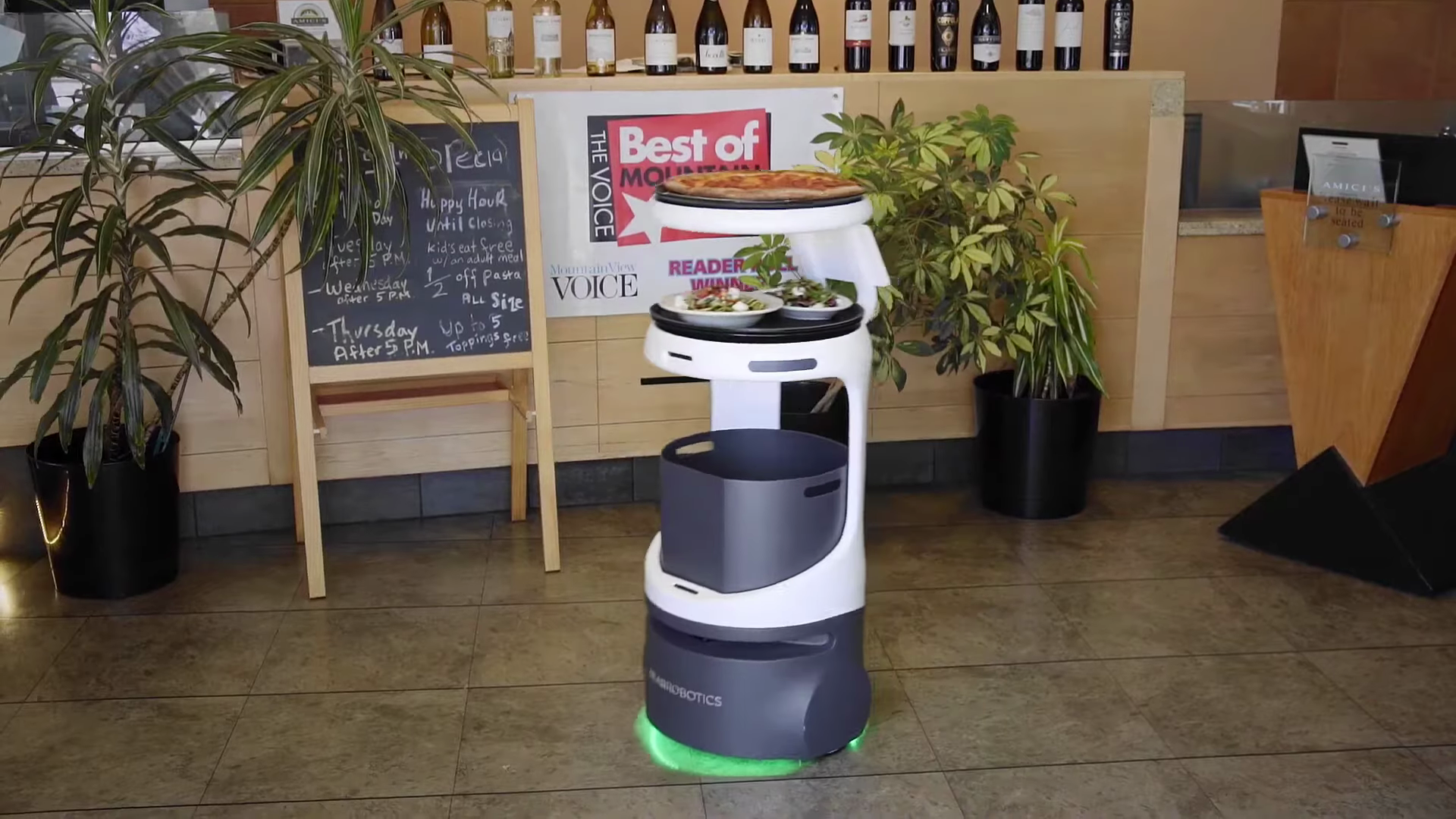
This shift towards robotics in food service promises enhancements in efficiency and customer experiences, provided it is executed aptly. As technology continues to evolve, and the industry grapples with labor shortages, we stand on the cusp of a transformation where these solutions not only attract customers through novelty but also carve new revenue conduits for businesses.

Check out our merchandise store, thanks for supporting us!
Benefits of Robotic Integration in the Food Service Sector
The introduction of robots in various roles, from crafting cocktails to grilling burgers, is revolutionizing how businesses operate to enhance efficiency.
Key merits of adopting food industry automation include:
- Cost Reduction: By implementing robotic aids, establishments can curtail expenses related to staffing and operations.
- Productivity Enhancement: Robots like Flippy 2.0 from Miso Robotics not only cook but also manage fry stations, optimizing staff allocation to other tasks.
- Menu Expansion: With tools like Sally by Chowbotics, restaurants can offer a broader range of fresh and healthy options without extra staffing.
- Precision and Consistency: Automated systems can minimize errors and maintain food quality with high reliability.
- Waste Reduction: Precise portioning and preparation through automation help lessen the volume of food wastage.
- Nonstop Operation: Robots do not require breaks or days off, enabling establishments to operate continuously.
Table of Selected Robotic Innovations in Food Establishments:
| Company | Robot | Functionality | Impact on Operations |
|---|---|---|---|
| Miso Robotics | Flippy 2.0 | Burger cooking, fry station management | Frees up staff, reliable performance |
| Kitchen Robotics | Beastro | Automated dish preparation | Streamlines ghost kitchens, reduces wait times |
| Hyper Robotics | Automated pizza kitchen | Fully automated pizza production | Delivers up to 50 pizzas per hour |
| Chowbotics | Sally | Automated salad creation | Enables menu diversification, caters to health-conscious customers |
| Wilkinson Baking Company | The Mini Bakery | Autonomous bread baking | Offers fresh bread on-demand, saves on costs |
In the delivery and service sector, innovative solutions are also in play, with autonomous drones by Mana making thousands of timely food deliveries, acknowledging the potential of using drones to transform food delivery services.
Furthermore, Server by Bear Robotics exemplifies how robotic servers can enhance customer service by handling mundane tasks, consequently allowing human staff to focus on providing enriching dining experiences. According to Bear Robotics, Server robots have already seen use across numerous establishments, showcasing the tangible impact of these technologies.
Robotics in the food industry not only addresses operational challenges but also invites an element of novelty, possibly attracting clientele and potentially creating new revenue streams. While mass adoption may still be on the horizon, the current trajectory suggests this integration could accelerate if workforce shortages persist and technological improvements continue.
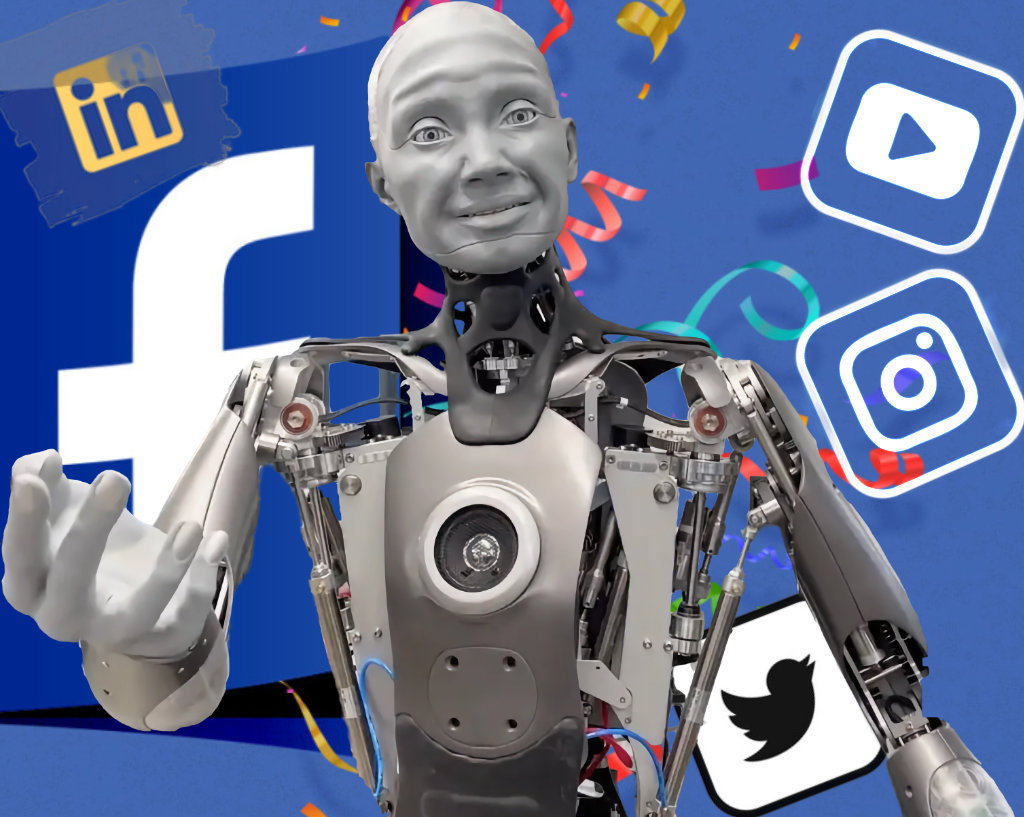
Pioneers in Food Industry Automation
Flippy by Miso Robotics
Miso Robotics has developed a robotic kitchen assistant known as Flippy, now in its second iteration. Flippy 2.0 assists in tasks like burger grilling and fry station management, augmenting kitchen staff efficiency. Utilizing deep learning, 3D depth sensing, and thermal imaging, this robot ensures a high degree of precision and timely completion of cooking tasks. Deployed at eateries including Kali Burger, White Castle, and Buffalo Wild Wings, this automation solution costs approximately $3,000 monthly.
Flippy
Beastro by Kitchen Robotics
Founded in 2018, the Tel Aviv-based startup Kitchen Robotics created Bistro, a robot chef catered to delivery-only dining establishments. Bistro can autonomously prepare up to 60 meals in an hour, with preparation times varying by dish complexity. Moreover, Bistro can undertake cleaning, requiring minimal human supervision. This innovation aims to streamline operations and reduce service times in an expanding market of delivery-focused dining services.
Baestro
Hyper Robotics' Automated Pizzeria
Hyper Robotics has pioneered the automatic preparation of pizzas via a containerized solution that encompasses robots capable of crafting 50 pizzas per hour. This advanced solution features convection ovens, a system for slicing, and boxing freshly prepared pizzas. Hyper Robotics is not alone in this endeavor, with competitors like Picnic and Pazzi also striving to automatize pizza making.
Hyper Pizza
Sally by Chowbotics
Chowbotics has created 'Sally', a compact robot specialized in assembling salads. Sally has been integrated by the delivery company DoorDash to offer a quick and entertaining way for customers to select from 22 ingredients, providing a fresh salad in 90 seconds. Sally's ability to personalize meal calories and provide nutritional information enhances customer control over dietary intake. The cost for 'Sally' stands at $35,000, presenting a potential for return on investment within several months based on salad sales.
In 2021 DoorDash bought Chowbotics for (unsurprisingly given the current pull backs) shutting down the business in July 2022
Sally
The Mini Bakery by Wilkinson Baking Company
The Mini Bakery by Wilkinson Baking Company is an autonomous bread baking system, which performs all stages from mixing to baking. Capable of producing ten loaves per hour, this innovation was crafted mainly for supermarkets but also has great potential within restaurants and hotels. The Mini Bakery streamlines the bread supply chain by eliminating certain costs and providing customers with fresh loaves on demand.
Mini Bakery
Manna's Drone-based Delivery
Manna, an Irish start-up, offers a drone delivery service for food and other items within a specific radius. Utilizing an app reminiscent of ride-sharing platforms, customers can direct drones to safe landing zones. Although limited in weight and range, Manna's technology is rapidly evolving, supported by recent significant fundraising and expansion plans that include breaking into the U.S. market.
Manna
Servi by Bear Robotics
Bear Robotics showcased their service robot 'Servi' at a Tokyo event, designed to automate food delivery to tables in dining establishments. Servi streamlines the work of table bussing with full autonomy, navigating intelligently around obstacles. With advanced sensory and camera technology, Servi has already served over 20 million tables globally, enhancing operational efficiency and allowing human staff to enhance guest service quality.
Servi Bear
AI is a paradigm shift from where we were just 5 years ago and by all accounts, it's a massive bet for ALL companies that want to take their balance sheet into the multi trillion dollars game.
Although we are heavily involved with robotics, when it comes to prepare what we eat, as a mix couple with an Italian twist, we still very traditional when it comes to prepare food. Particularly, my favorite, seafood!

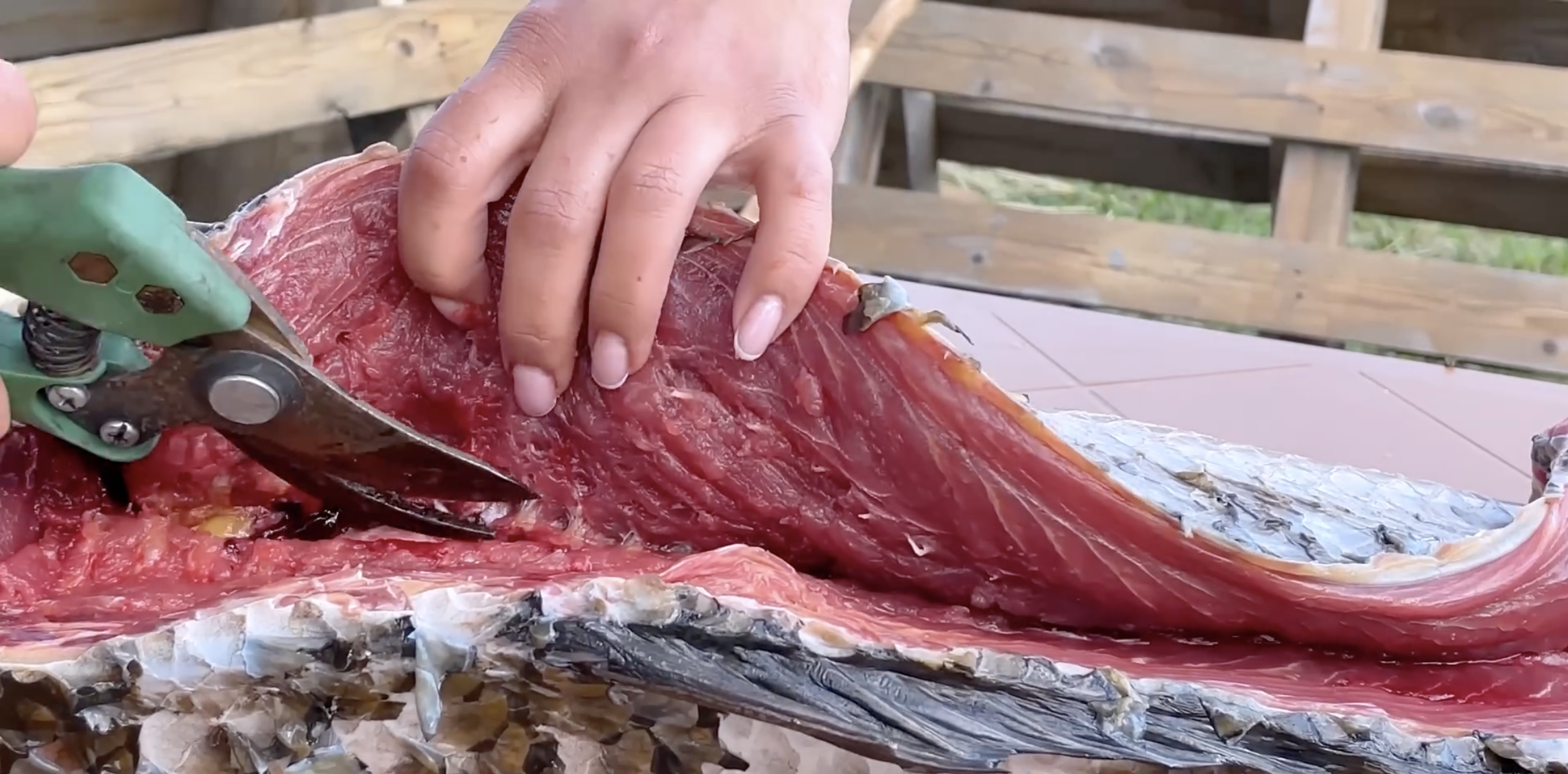
However, when it comes to drinking, we can't wait to have a Macco ready to shake our tequilas 😅
